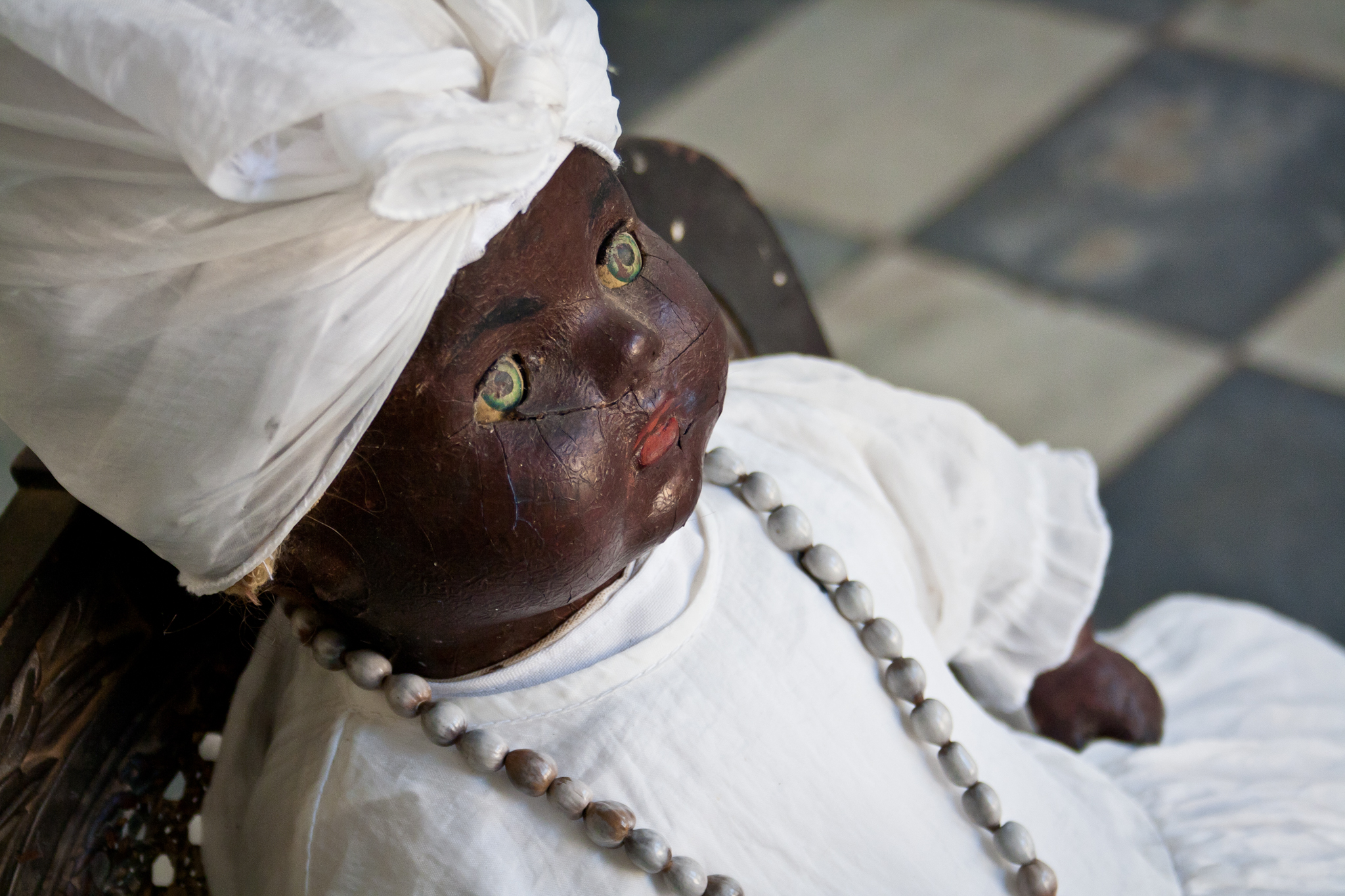These belief systems were forged from empire and slavery, and the collision of Europe and Africa in the Americas. They’re a unique blend of traditions brought over from Africa during the slave trade between the 17th and 19th centuries, mixed with colonial Christianity and a dash of ritual from the original inhabitants of the islands. Nowhere illustrates this better than Haiti – home of vodou in the Caribbean and a country that is slowly but surely rising from the ashes of the 2010 earthquake to become a fledgling tourist destination once again.
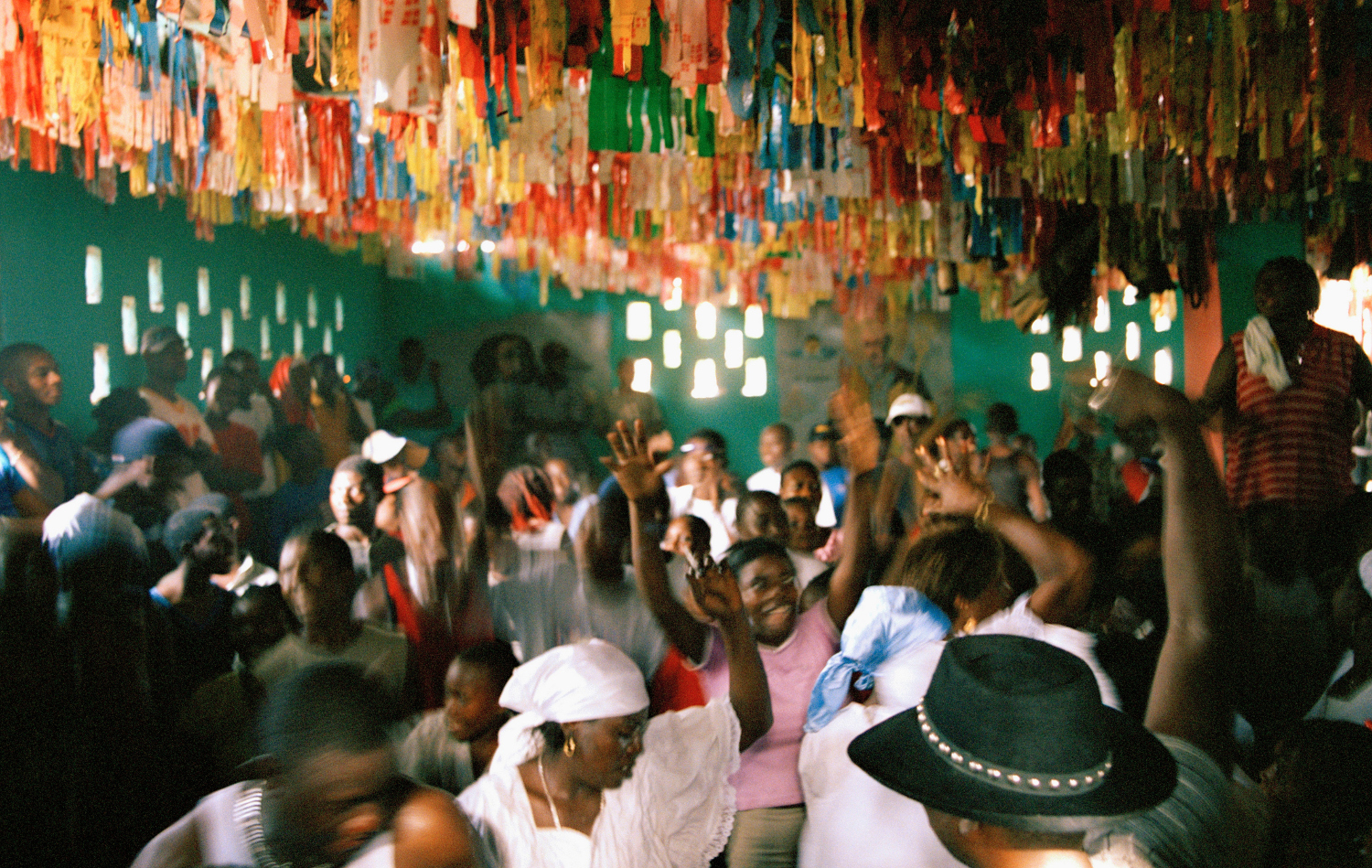
Just saying the word ‘vodou’ brings forth a tumble of clichés, from the comedy witch doctors of the Bond movie Live and Let Die to Hollywood’s endlessly shuffling fascination with zombies. Lurid fears have been stoked about these religions since the time when Haiti’s slaves had the temerity to free themselves from Napoleon’s rule and set up the world’s first black republic two centuries ago, with propagandists and pulp novelists dining out on stories of cannibalism and possession by jungle drums ever after. There’s really no need to be afraid though – the image (along with the outdated and pejorative ‘voodoo’ spelling) is far from the real thing, and tourists are often welcomed to experience a ceremony for themselves. You won’t even find a pin-stuck voodoo doll in sight: they’re purely a fictional invention.
A popular adage has it that Haiti is 90 percent Catholic, 10 percent Protestant and 100 percent vodou. Followers (vodouisants) believe in God, but a God so remote that He can’t be communicated with directly. Instead, they worship spirits (called lwa or loa) to intercede with him. There’s a rich pantheon of lwa, from Damballah, the snake that created the world, to Ezili Freda the female spirit of love, to the top-hatted Baron Samedi, who is the keeper of cemeteries. Prayer, song and drumming are all used to summon different lwa in ceremonies who take temporary possession of members of the congregation and who may be asked for advice, healing or blessings. Ceremonies are heady affairs, with plenty of music and rum, and often run until dawn.
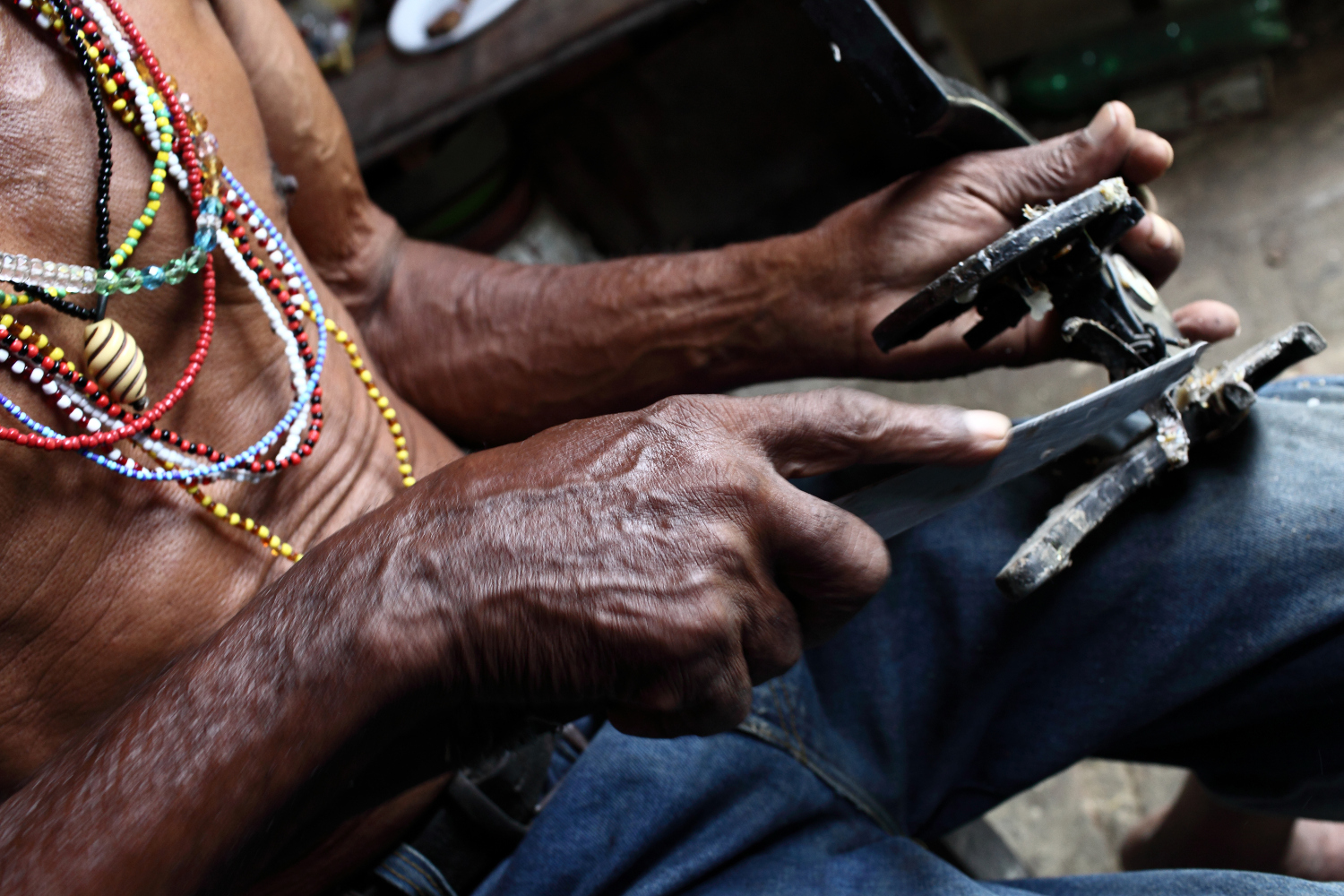
So, how can you attend a vodou ceremony? The first thing to note is that vodou peristyles (temples) are often tucked away and ceremonies happen without a lot of fanfare – they’re not easy to spot like a Sunday church service. You’ll need a local guide, who can not only point you in the right direction, but also introduce you to the priest. Most vodou practitioners welcome tourists, in the hope that they will take a more positive view of the practice back home. You should treat the priest (a houngan or mambo, depending on whether they’re male or female respectively) with respect by offering a gift, traditionally a bottle of Barbancourt rum or even a few good cigars. You might also be asked for a cash donation – to make an offering to the lwa, pay the drummers or contribute to the upkeep of the peristyle.
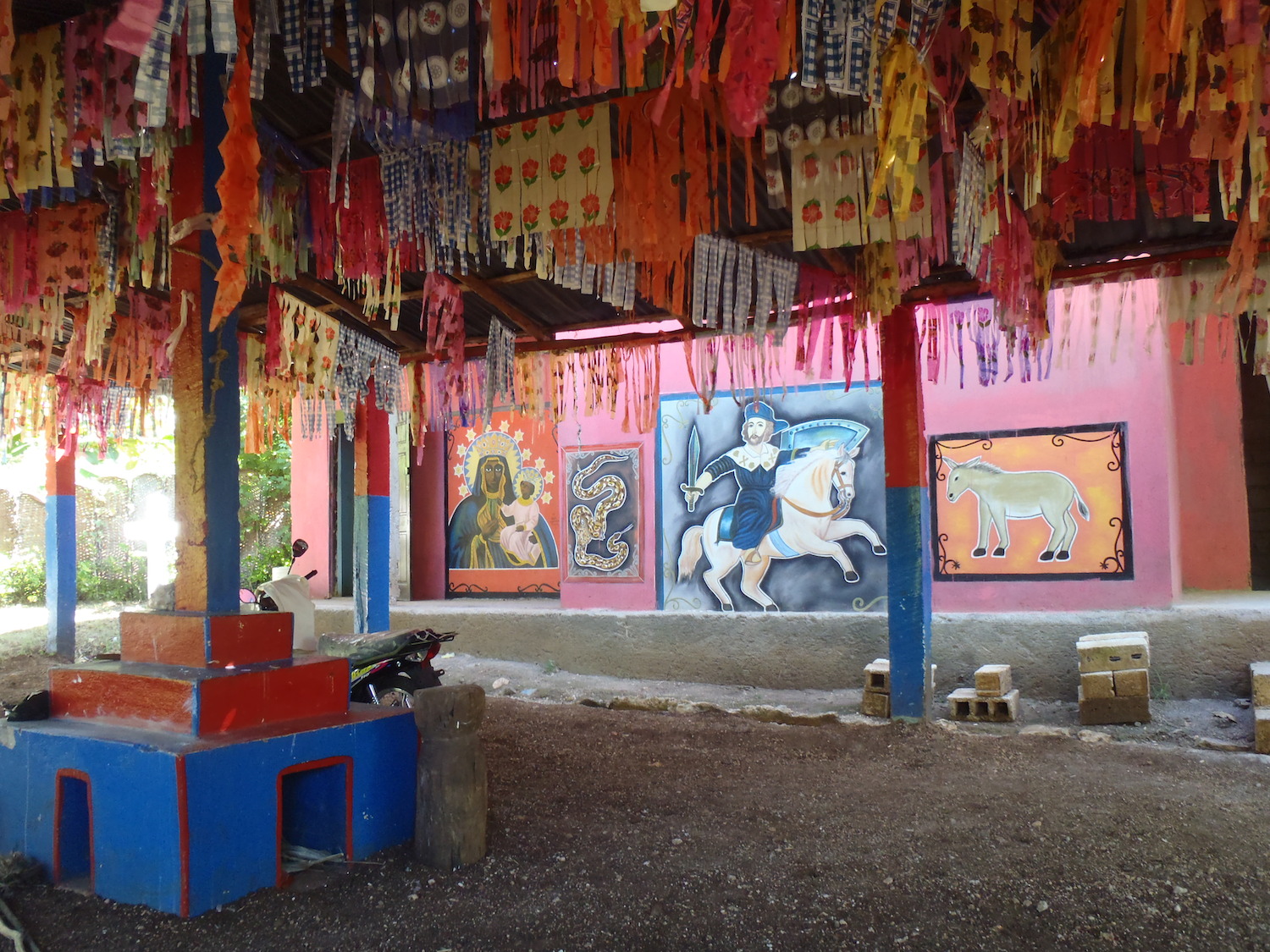
Certain elements of ceremonies are secret and take place behind closed doors. Once they have advanced into the open they can still remain very intimate affairs; in many cases, it may be best to sit on the sidelines. Be aware that most services involve animal sacrifice of some kind, usually a chicken. The killing of an animal is believed to release life, which the lwa receive to rejuvenate themselves during the rapture of the ceremony.
Ceremonies are commonly held at night, starting any time from sunset and often lasting until dawn. You might want to pace yourself, although it’s acceptable to wander in and out of the fringe. If you’re staying late, try to arrange transport home before attending, as taxis start drying up late at night.
If you can, it’s worth timing your visit with one of Haiti’s big festivals. The biggest is the nationwide Fet Gédé, Haiti’s Day of the Dead, held at the start of November. Cemeteries across the country are cleaned and decorated, and vodouisants gather to honour the dead and invoke Baron Samedi and his wife Maman Brigitte. The Gédé spirits are lewd and raucous, and those possessed by them during ceremonies can be wildly provocative and sexually charged.
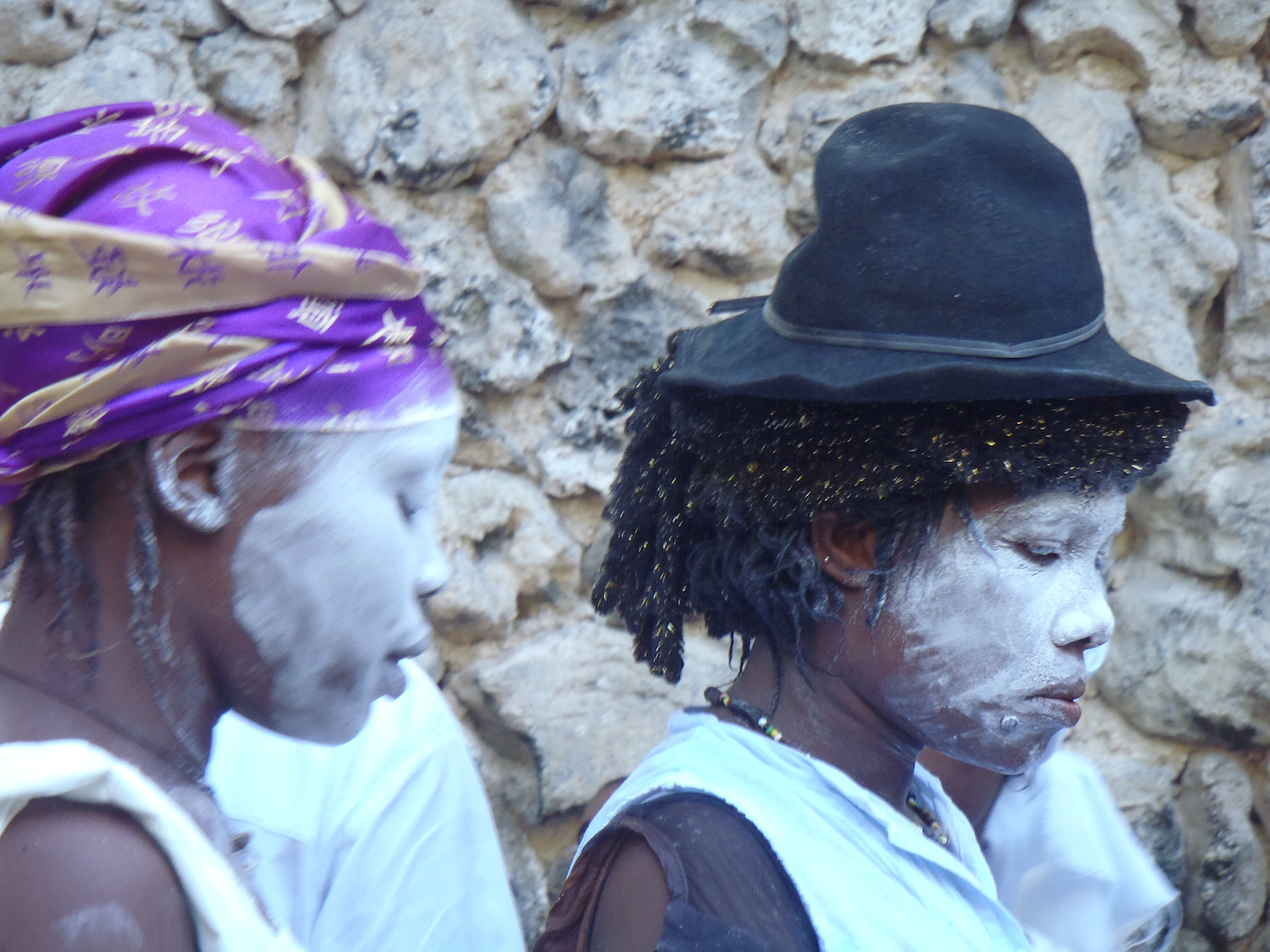
In July, head to the beautiful waterfalls of Saut d’Eau near Port-au-Prince with thousands of pilgrims to bathe in the holy waters. Here, the syncretic nature of Haitian religion is most apparent, with vodou and Catholic worshippers mingling to offer prayers to Ezili Danto and her Christian counterpart, the Virgin Mary.
Even if you can’t make it to one of the big celebrations, you can still take home a little piece of vodou. The religion has heavily influenced Haitian art and you can pick up good pieces at Port-au-Prince’s Marché de Fer, which even has its own vodou market section. Alternatively, find some inspiration among the vodou cyberpunk art of the sculptors of the Grand Rue – anything you buy here is sure to start a conversation when you get home.
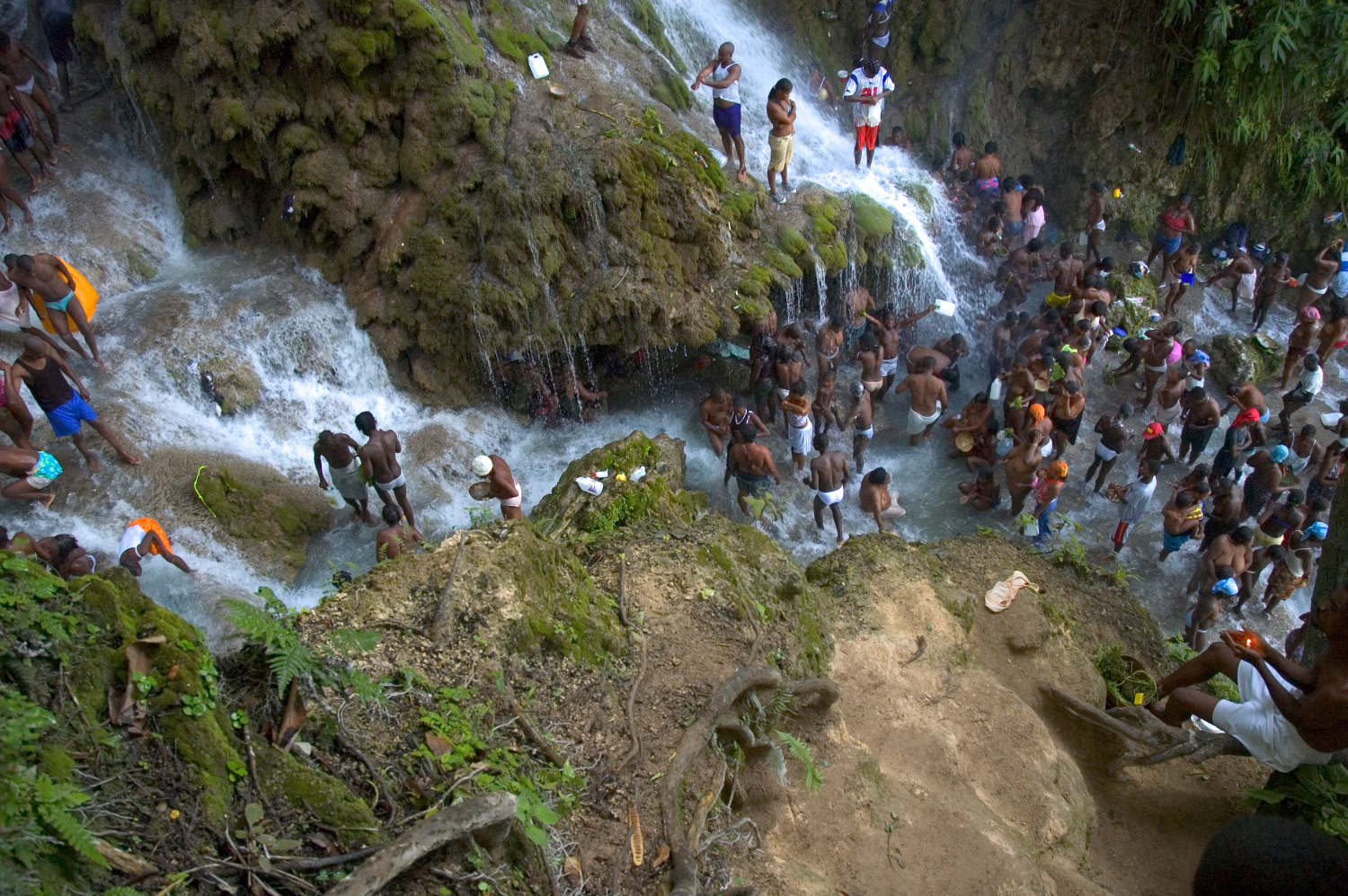
Vodou has counterparts across the Caribbean, mostly in the countries that retain the strongest African character. Jamaica’s Obeah has a similar belief system and is widely practiced in rural areas as a form of sympathetic magic, despite the fact that a British-made law from the late 19th century means Obeah is actually illegal. Regardless, you will still see ‘pharmacies’ dotted about the island selling unusual candles, soaps and paraphernalia for spells to appease or ward off the spirits.
In Cuba, Santería is a lot more widespread and openly practised, and babalawaos (priests) even work the tourists. In the city of Trinidad, the Casa Templo de Santería Yemayá is manned by babalawaos and a tourist-friendly place to start to get a handle on the religion.
